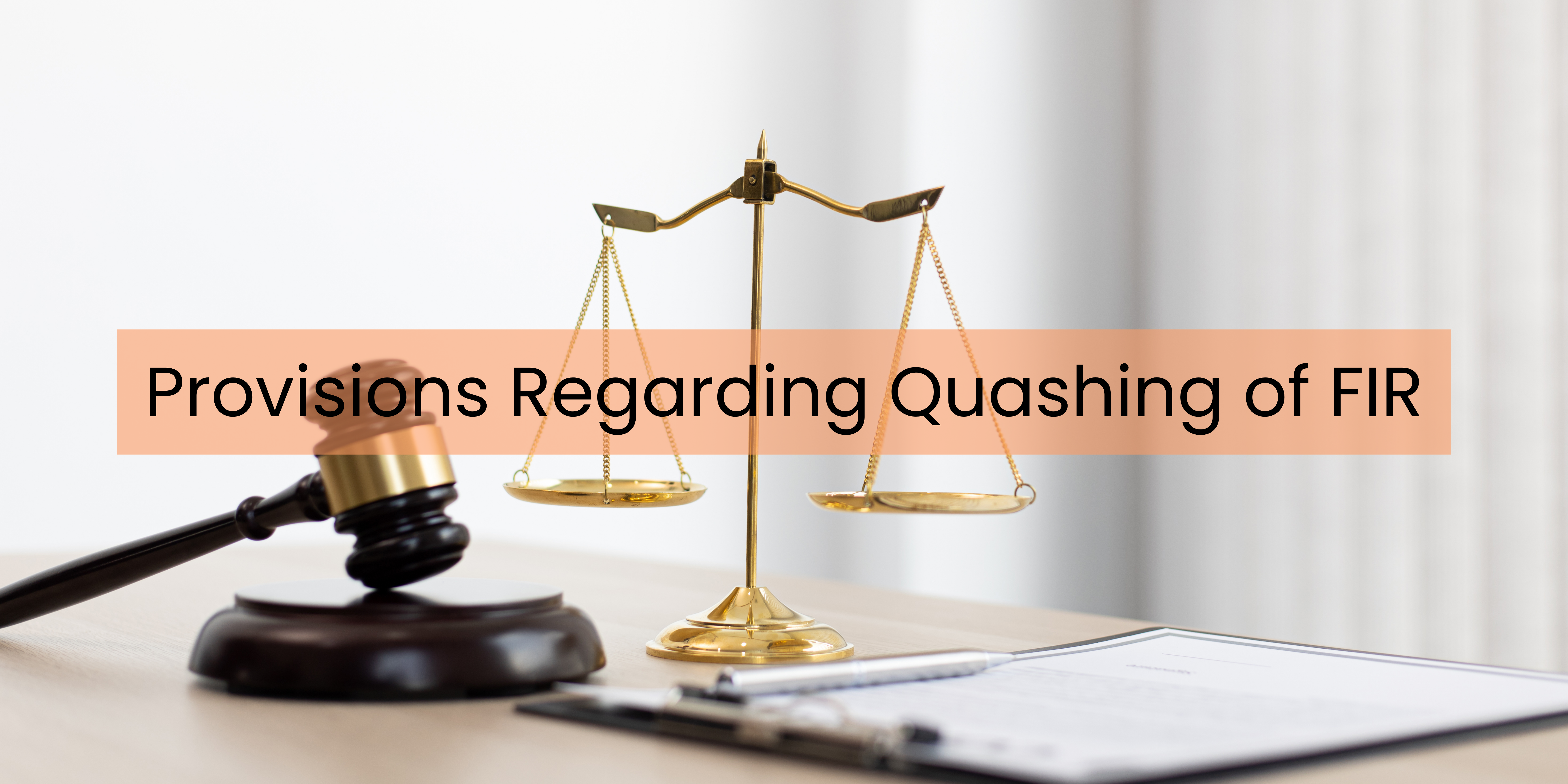Legal offences are things people do that are against the law. They can be small, like breaking a rule, or big, like committing a serious crime. Understanding what counts as an offence helps keep society fair and safe for everyone.
Understanding Bailable vs Non-Bailable Offences
Understanding the law is really important, especially if you’re dealing with legal matters in India. There are two big differences that can affect how things go in court: bailable and non-bailable crimes. We’re going to take a close look at these differences and explain them in a simple way, using examples to help you get it easily understood. So, let’s dive in and understand what bailable and non-bailable crimes mean.
What is meant by Bailable Offences under CrPC?
Bailable felonies refer to those criminal acts for which the accused individual has the right to seek bail as a matter of legal entitlement. In simpler terms, when a person is accused of a bailable wrong, they have the privilege to be released on bail as per the provisions of the law. The primary objective behind categorizing certain wrongs as bailable is to ensure that individuals are not unduly deprived of their liberty pending the completion of the legal proceedings.
In cases of bailable wrong, the accused can secure their release by furnishing a bail bond to the satisfaction of the concerned authorities. This bond serves as a legal assurance that the accused will appear before the court for all subsequent hearings and will not engage in any further unlawful activities while on bail.
Examples of bailable wrongs include felonies like simple assault, minor theft, and certain types of defamation. For instance, if an individual is accused of causing minor injuries during a scuffle, they can avail themselves of bail as a matter of legal entitlement, thereby awaiting trial outside of detention.
What is meant by Non-Bailable Offences?
On the contrary, non-bailable offences are more serious in nature and entail stricter legal repercussions. Accused individuals charged with non-bailable felony do not have an automatic right to bail. Instead, they must apply to the court for bail, and the decision rests with the judiciary based on various factors, including the severity of the offence, the likelihood of the accused absconding, and the potential threat posed to society.
Non-bailable wrongs encompass a wide spectrum of criminal acts ranging from serious crimes like murder, rape, and terrorism to certain economic wrongs and white-collar crimes. The rationale behind making these wrongs non-bailable is to ensure public safety, prevent tampering with evidence, and deter individuals from committing heinous acts by imposing stricter legal consequences.
In summary, while bailable wrongs afford accused individuals the right to seek bail as a matter of course, non-bailable felonies necessitate a judicial determination of bail eligibility, considering the gravity of the alleged offence and the attendant circumstances.
Understanding Cognizable vs. Non-Cognizable Offences
In the Indian legal landscape, offences are further classified based on the nature of police authority in investigating and making arrests. This classification hinges on the concepts of cognizable and non-cognizable wrongs, each delineating distinct protocols for law enforcement agencies. Let’s unravel the disparities between these two categories for a clearer comprehension.
What is meant by Cognizable Offences?
Cognizable felonies denote those criminal felonies for which a police officer has the authority to make an arrest without a warrant and commence an investigation without requiring prior judicial approval. In essence, these offences are deemed serious and grave in nature, warranting immediate police intervention to prevent further harm, preserve evidence, and ensure the swift administration of justice.
Upon receiving information or a complaint regarding a cognizable wrong, the police are empowered to take prompt action, including the arrest of the accused individual(s), conducting inquiries, and gathering evidence to facilitate the prosecution. The Code of Criminal Procedure (CrPC) delineates a list of cognizable offences, providing a legal framework for law enforcement agencies to discharge their duties effectively.
Examples of cognizable felonies encompass a broad spectrum of crimes such as murder, kidnapping, robbery, and certain forms of fraudulence.
What is meant by Non-Cognizable Offences?
Conversely, non-cognizable felonies pertain to those criminal acts for which a police officer does not have the authority to make an arrest without a warrant. In such cases, the police are obligated to obtain a warrant from a magistrate before initiating any arrest or investigation. Non-cognizable wrongs are typically of a less serious nature or involve private disputes where police intervention is not deemed imperative without judicial oversight.
Upon receiving a complaint or information regarding a non-cognizable wrong, the police are duty-bound to register the complaint in the police station’s daily diary and subsequently refer the complainant to the appropriate judicial authority for further action. Unlike cognizable offences, where the police can take immediate action, non-cognizable felonies necessitate judicial intervention to initiate legal proceedings.
Examples of non-cognizable offences include defamation, simple assault, and certain forms of cheating.
Conclusion
In conclusion, the Indian legal framework meticulously delineates between bailable and non-bailable offences, as well as cognizable and non-cognizable felonies, to ensure an equitable dispensation of justice and safeguard individual rights. While bailable offences afford accused individuals the right to seek bail as a matter of legal entitlement, non-bailable felonies mandate a judicial determination of bail eligibility based on the severity of the alleged offence. Similarly, cognizable offences empower the police to take immediate action, whereas non-cognizable offences necessitate judicial intervention before initiating any arrest or investigation. Understanding these distinctions is paramount for both law enforcement agencies and the general populace to navigate the intricacies of the criminal justice system effectively.

